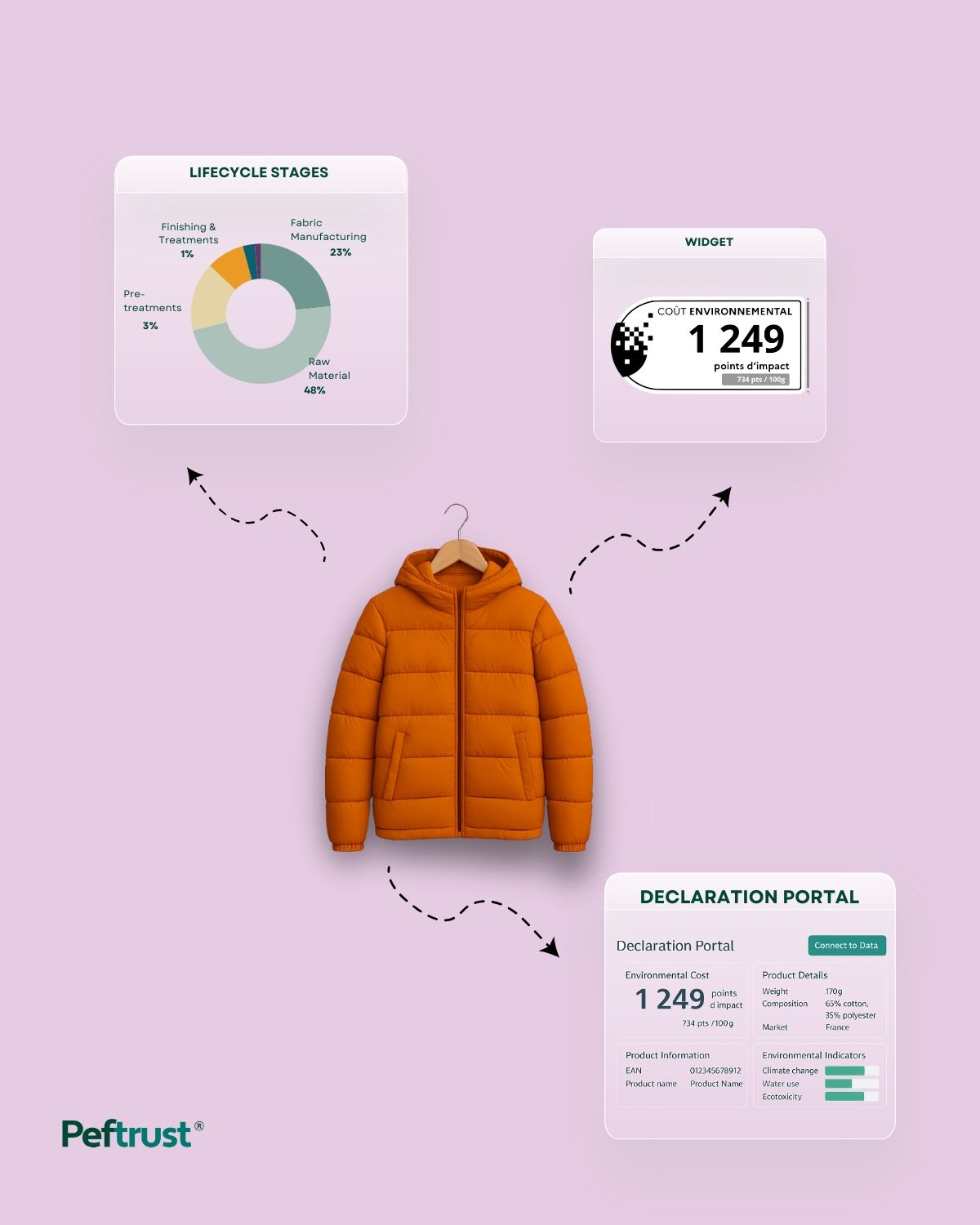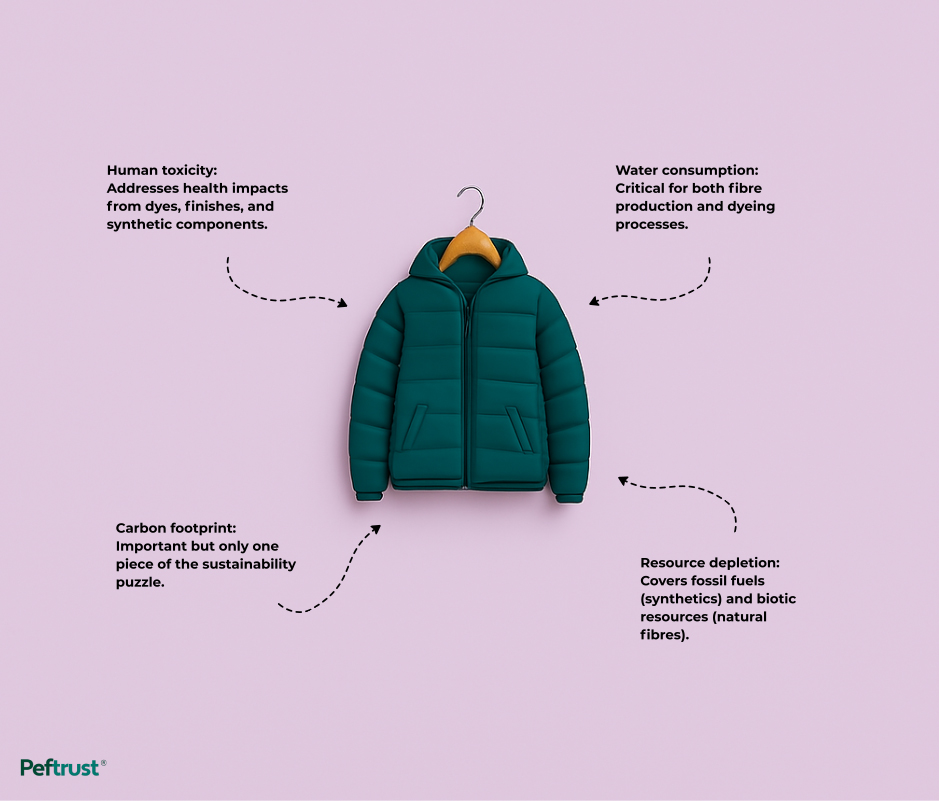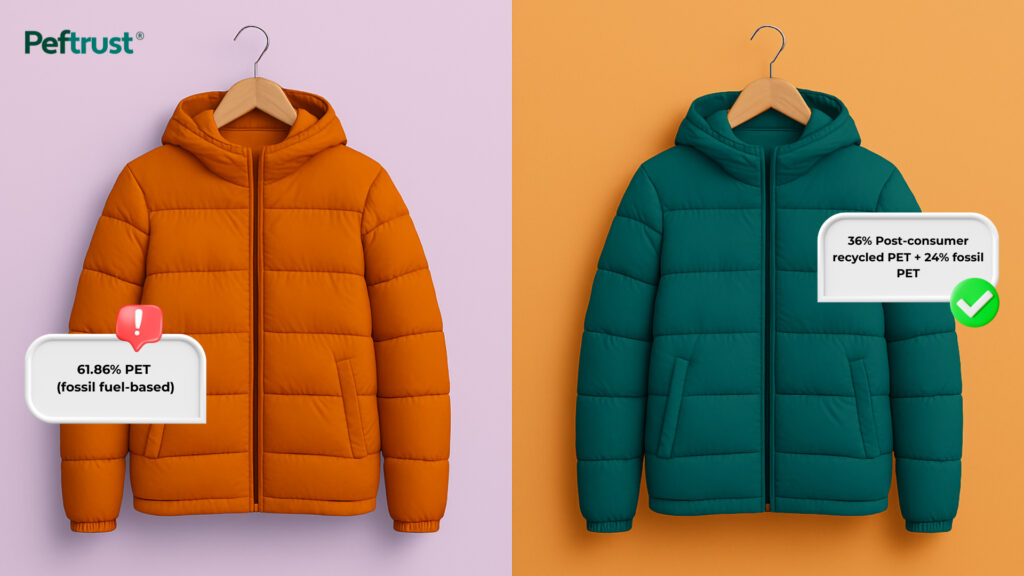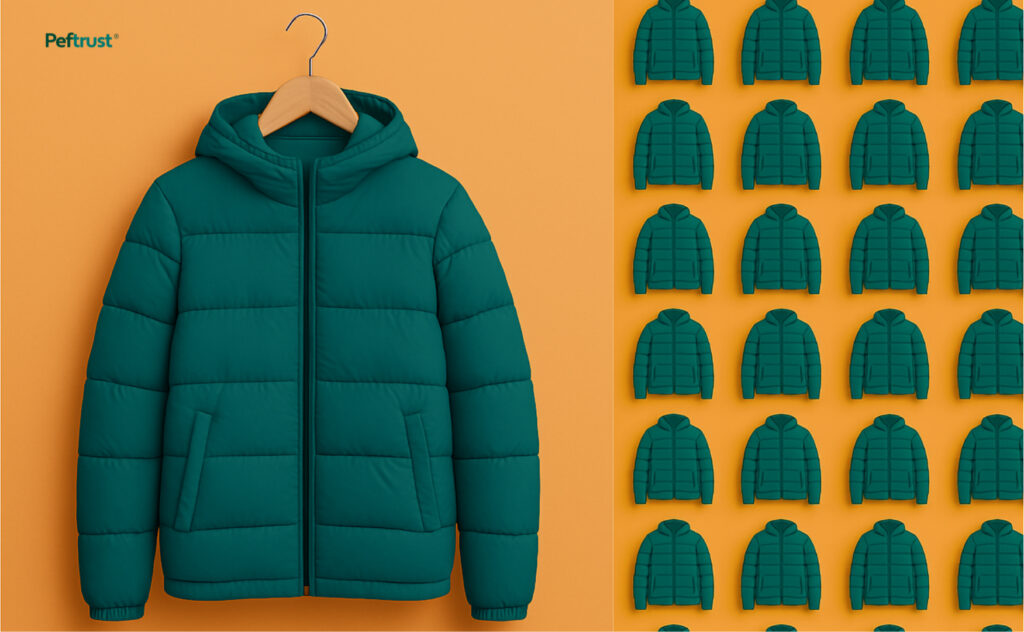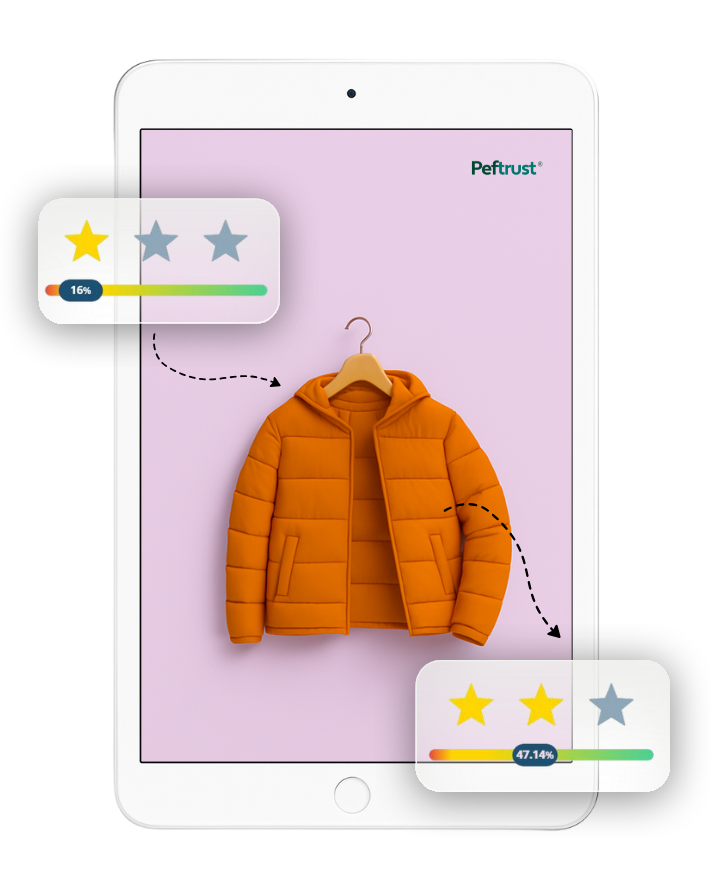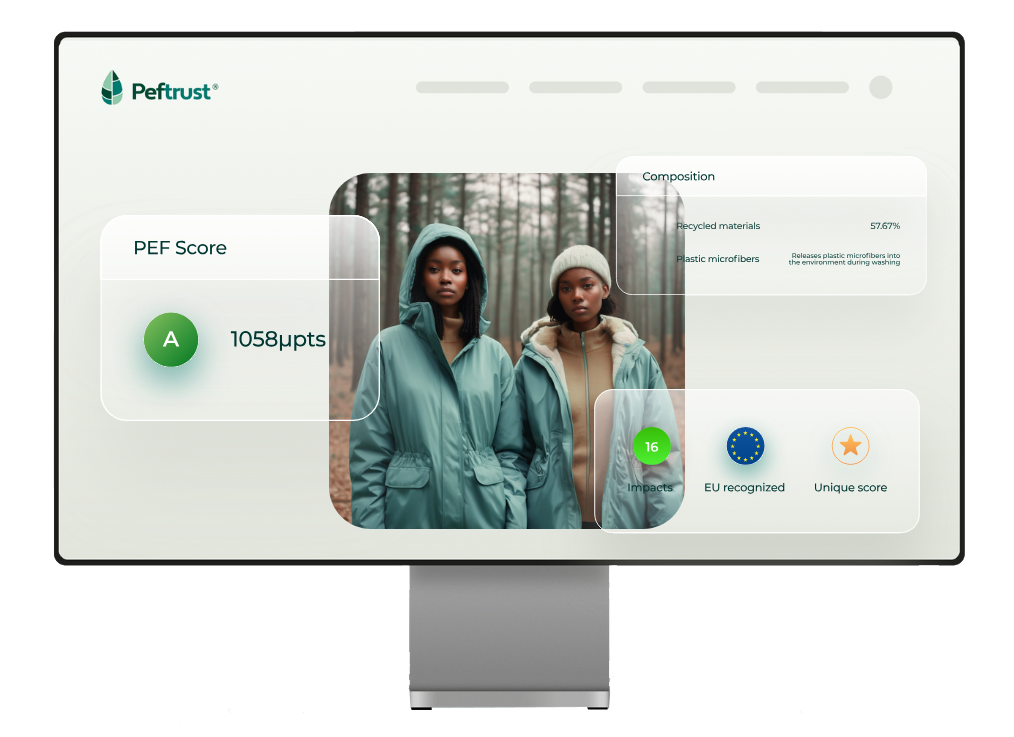Comment un fabricant de chaussures de sécurité transforme sa communication environnementale grâce à l’ACV
Dans un contexte où les entreprises B2B font face à des exigences croissantes en matière de transparence environnementale, Lemaitre Sécurité, fabricant français de chaussures de sécurité, a choisi d’adopter une approche méthodique et rigoureuse. Leur partenariat avec Peftrust illustre comment les outils d’Analyse de Cycle de Vie (ACV) peuvent transformer non seulement la communication d’une entreprise, mais aussi ses processus internes.
Une pression du marché devenue conviction d’entreprise
“À la base, c’est surtout une demande des clients”, explique Manuela, responsable de la modélisation chez Lemaitre. Mais cette motivation initiale s’est rapidement transformée en engagement profond. “C’est plutôt même personnel. Il faut que l’on fasse tous un effort pour l’environnement, pour réduire notre impact environnemental”
Cette évolution reflète une tendance plus large dans le secteur B2B. Comme le souligne Cynthia, responsable marketing : “Tous nos clients nous posent multiples questions sur l’ACV, l’éco-conception, nos politiques environnementales. Le logiciel Peftrust reste quand même un plus pour nous. Tous nos confrères n’ont pas la possibilité de générer une fiche ACV qui donne les différents impacts.”
De la réglementation à l’action concrète
L’entreprise a développé son label interne LSG (Lemaitre Safety Green) pour identifier ses produits éco-conçus, une démarche validée a posteriori par Peftrust. “Le modèle a été créé avant”, précise Cynthia, “et il nous a confirmé que nous avions engagées les bonnes démarches et sélectionné les bons produits éco pour lancer la gamme.”
Cette approche pragmatique s’est intensifiée avec l’arrivée de réglementations comme la loi AGEC en France. “C’est bon, tout le monde y est. Tous nos clients nous demandent tout”, confirme Cynthia, illustrant comment la pression réglementaire catalyse la transformation du secteur.
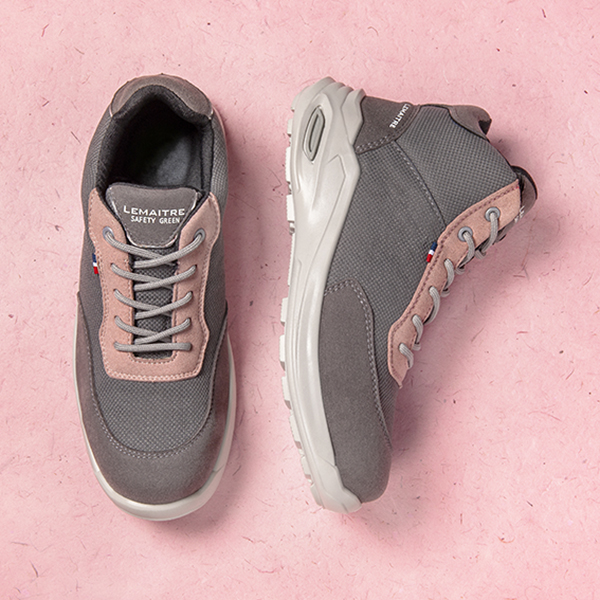
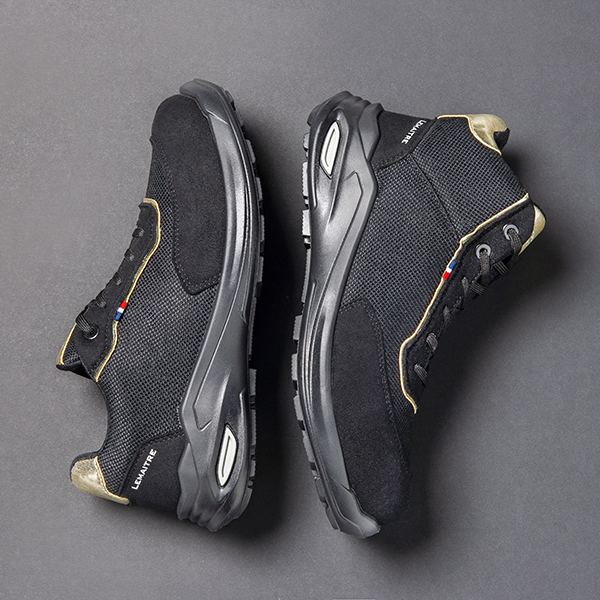
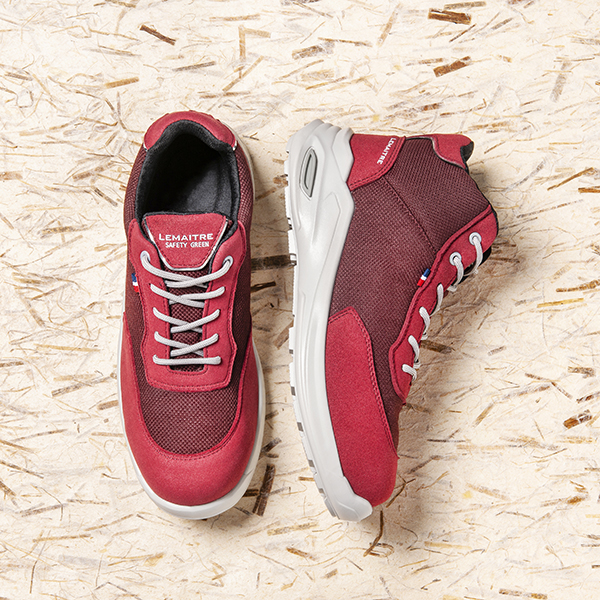
Un outil qui transforme les processus internes
L’adoption de Peftrust a créé une cascade de changements organisationnels chez Lemaitre :
• Impact sur les achats : “Ça a changé les données que nous demandons à nos fournisseurs”, explique Manuela. “Nous avons créé un processus que nous n’avions pas avant. Nous n’avions pas forcément de fiche technique du fournisseur que nous demandons lorsque nous créons une nouvelle référence de matière.”
• Transformation de la communication : L’entreprise a récemment intégré toutes les informations d’ACV sur son site internet pour les produits modélisés. “Cela nous permet de communiquer plus rapidement. Le client peut voir les données directement sur notre site”, note Cynthia.
• Lutte contre le greenwashing : L’équipe a dû repenser sa communication marketing.”Nous avons dû modifier des logos ainsi que les textes. Nous avons également légèrement modifié la charte graphique”, détaille Cynthia, soulignant l’importance d’éviter les termes et visuels trompeurs.
Les défis de l’éco-conception dans le secteur
Lemaitre fait face à des obstacles spécifiques à son industrie :
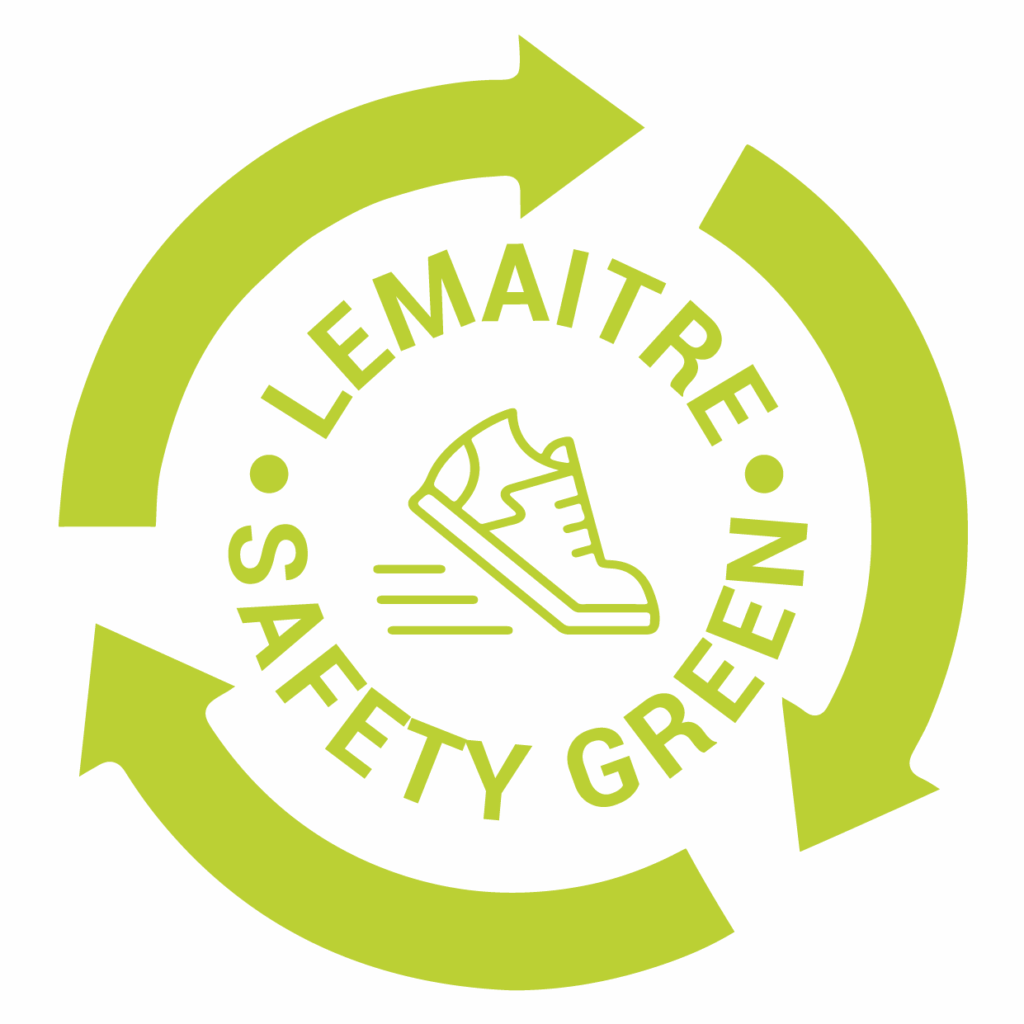
1/ La disponibilité des matières : “La recherche de matières recyclées n’est pas simple. Tout le monde n’en fait pas”, témoigne Manuela, citant l’exemple d’un fournisseur de doublure 100% recyclée qui a cessé sa production.
2/ Les contraintes normatives : “Nous sommes soumis à une norme européenne qui nous autorise ou non la mise sur le marché de nos chaussures. Nous ne pouvons pas prendre n’importe quelle matière”, explique Cynthia.
3/ L’approvisionnement local : L’entreprise privilégie les fournisseurs européens et méditerranéens, limitant ainsi ses options mais restant cohérente avec sa démarche environnementale globale.
Une utilisation pragmatique et évolutive
Aujourd’hui, nous utilisons principalement le logiciel pour notre communication. C’est la première étape. La deuxième consistera à utiliser l’outil de comparaison pour modéliser un produit initial et le faire évoluer dans le but de diminuer notre impact environnemental.”, précise Cynthia.
L’importance du support expert
Un aspect crucial souligné par l’équipe est l’accompagnement fourni par Peftrust. “Ce sont quand même des sujets complexes. Être encadré par une équipe qui connaît le sujet et surtout toutes les réglementations ; qui est en plus capable de répondre à toutes nos questions, c’est rassurant et cela nous aide beaucoup”, témoigne Cynthia.
Conseils aux pairs du secteur
Pour Manuela, le message est clair : “Ça ne doit pas être une contrainte. Il faut le voir en positif, c’est pour l’avenir de tout le monde, pas de nous forcément, mais de notre descendance.” Cynthia ajoute une mise en garde importante : “Trouver une solution fiable qui est basée sur des données vérifiées et respecter aussi ce qui a été demandé par la Commission européenne […] C’est vraiment d’être humble dans la démarche et de respecter ses confrères et pas forcément essayer de raconter tout et n’importe quoi.”
Conclusion : Une transformation en cours
L’expérience de Lemaitre Sécurité avec Peftrust illustre parfaitement la transition que vivent de nombreuses entreprises B2B. Partie d’une contrainte client, la démarche s’est transformée en conviction profonde, modifiant les processus internes et la culture d’entreprise.
Leur approche pragmatique – commencer par la communication avant d’intégrer l’outil dans la conception – offre un modèle réaliste pour les entreprises qui souhaitent s’engager dans cette voie. Car comme le résume Cynthia : “C’est une certaine prise de conscience. Avant, on cherchait juste à fabriquer […] Maintenant, on commence quand même à se dire qu’il faut faire quelque chose, on ne peut pas continuer comme ça.”
À propos de Lemaitre Sécurité : Fabricant français de chaussures de sécurité, l’entreprise a investi dans de nouvelles infrastructures éco-responsables depuis 2016 et développé le label LSG pour ses produits éco-conçus.

À propos de Peftrust : Peftrust est une solution de gestion de l’impact environnemental conçue pour l’industrie de la mode. Nous aidons les marques à passer d’estimations approximatives à des données précises, produit par produit, afin de mesurer, améliorer et communiquer leur performance environnementale. De la fiche produit à la stratégie, nous combinons les meilleurs outils d’ACV, des données vérifiées et un accompagnement expert pour accélérer la transition durable de la mode.



